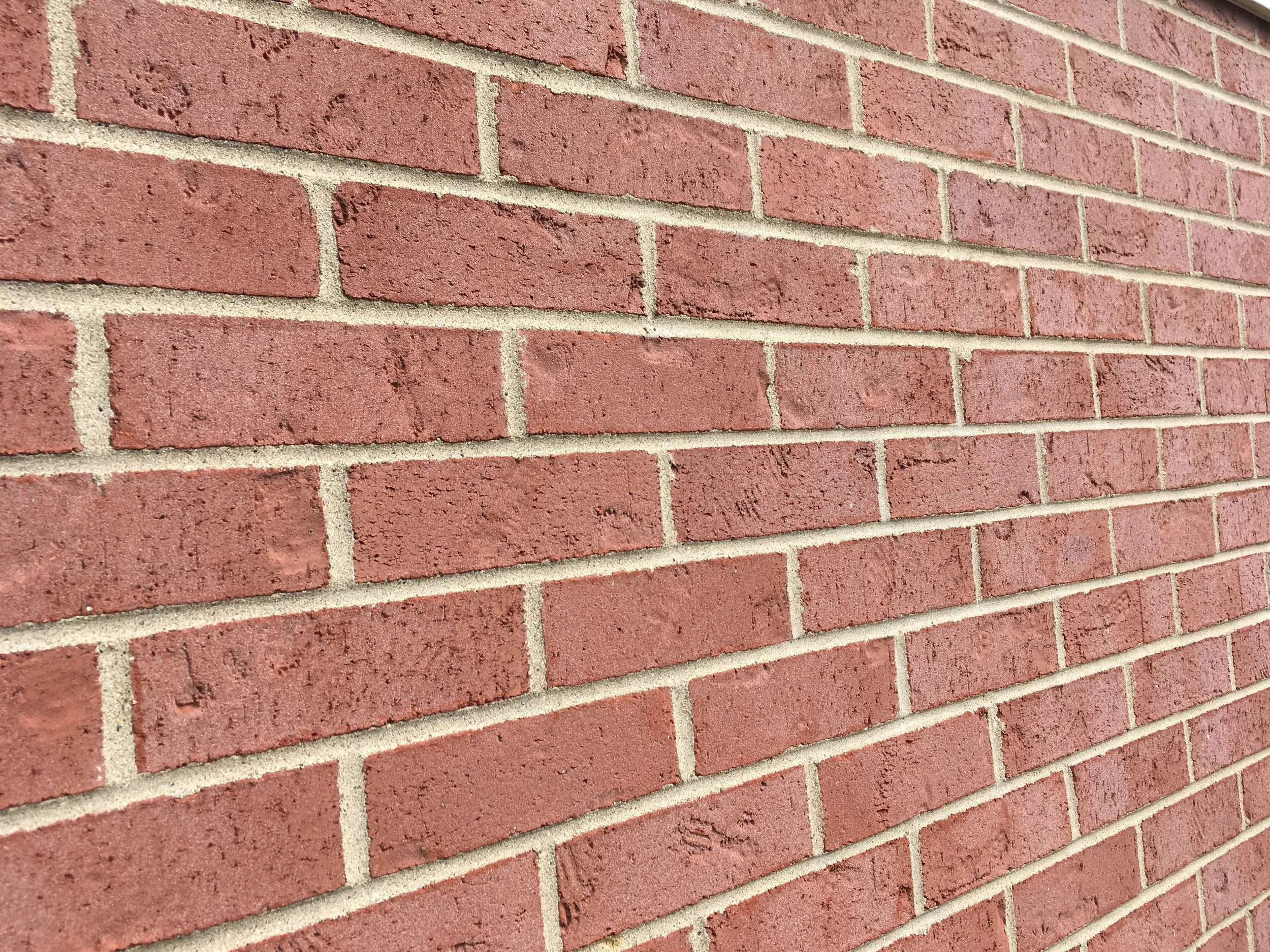Retaining walls: why they fail
/Retaining walls can provide function and dimensions of beauty. In general, retaining walls need to be properly constructed and cared for in order to secure the greatest longevity. Retaining walls unfortunately are not often constructed with proper water management systems. The hydrostatic pressure of water filled soil matrix behind the wall exerts pressure to the wall laterally. This force over time will cause for structural issues such as cracks, out of plane movement, leans, bulges, or rotation. Retaining wall water mismanagement can show up as efflorescence (mineral deposits from water leachate through the units), as well as material disintegration such as unit crumbling. Walls need to have proper drainage such as a behind wall drainage plane with gravel, flashings, drainage pipes to collect and divert water according, as well as intentional, properly spaced drainage (weep) holes. It is too often that these design elements are absent, and correlated with their absence is the signs of wall damage and failure. Retaining walls can be expensive to replace, therefore it is best to ensure that they are properly constructed and repaired for accordingly. If your wall appears to be lacking proper drainage implementation, we recommend that a contractor provide modifications to the wall to increase the longevity, it may not be too late.



